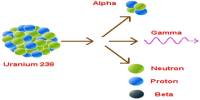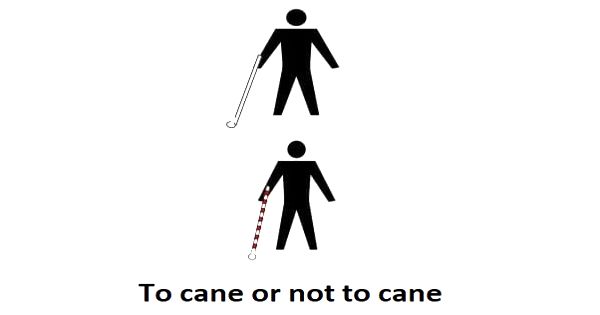A humidifier is a device, primarily an electrical appliance, that increases humidity in a single room or an entire building. They are devices that emit water vapor or steam to increase moisture levels in the air (humidity). It can help you add moisture to a dry room and relieve unwanted health symptoms. In the home, point-of-use humidifiers are commonly used to humidify a single room, while whole-house or furnace humidifiers, which connect to a home’s HVAC system, provide humidity to the entire house. Medical ventilators often include humidifiers for increased patient comfort. Humidifier therapy adds moisture to the air to prevent dryness that can cause irritation in many parts of the body. They can be particularly effective for treating dryness of the skin, nose, throat, and lips. Large humidifiers are used in commercial, institutional, or industrial contexts, often as part of a larger HVAC system.
Overview
Low humidity may occur in hot, dry desert climates, or indoors in artificially heated spaces. Low humidity can cause dry skin, irritate your nasal passages and throat, and make your eyes itchy. In winter, especially when cold outside air is heated indoors, the humidity may drop to as low as 10–20%. This low humidity can cause adverse health effects, by drying out mucous membranes such as the lining of the nose and throat, and can cause respiratory distress. The low humidity also can affect wooden furniture, causing shrinkage and loose joints or cracking of pieces. Books, papers, and artworks may shrink or warp and become brittle in very low humidity.
In addition, static electricity may become a problem in conditions of low humidity, destroying semiconductor devices, causing static cling of textiles, and causing dust and small particles to stick stubbornly to electrically charged surfaces.
Types of humidifiers –
- Steam vaporizers: These use electricity to create steam, which cools before it leaves the unit.
- Ultrasonic humidifiers: Instead of electricity, these units use vibrations to vaporize water.
- Evaporators: These produce humidity by blowing air past evaporating water.
- Impeller humidifiers: These are generally child-friendly and use rotating disks, rather than heat, to vaporize water.
- Central humidifiers: A person connects one of these units to the central air conditioning in the home or office to add moisture to the entire space.
Humidifiers are a preventive measure. Without proper humidity, the air is uncomfortable. Overuse of a humidifier can raise the relative humidity to excessive levels, promoting the growth of dust mites and mold, and can also cause hypersensitivity pneumonitis (humidifier lung). Relative humidity of 30% to 50% is recommended for most homes. A properly installed and located hygrostat should be used to monitor and control humidity levels automatically, or a well-informed and conscientious human operator must constantly check for correct humidity levels.
















